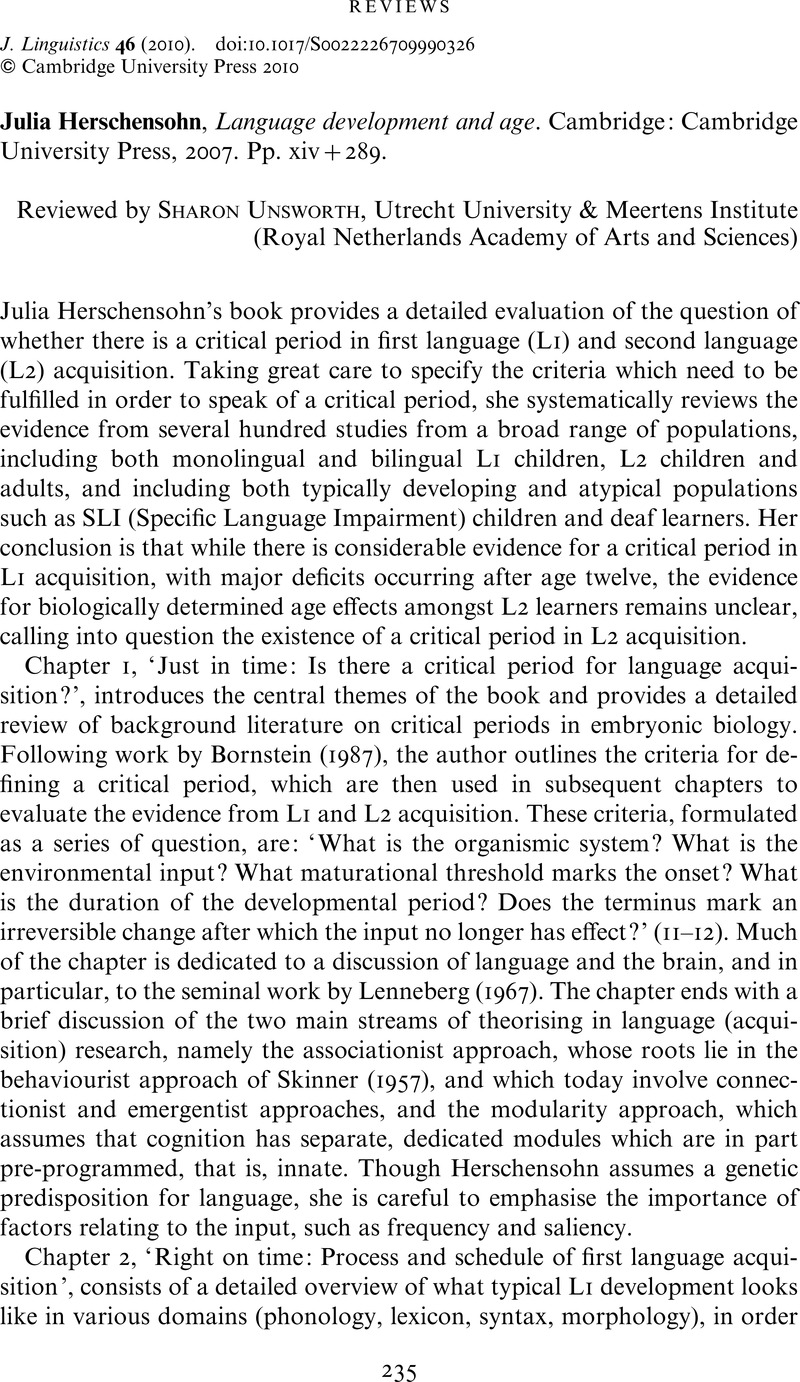Crossref Citations
This article has been cited by the following publications. This list is generated based on data provided by Crossref.
Krause, Elif
Rinker, Tanja
and
Eulitz, Carsten
2020.
Studies in Turkish as a Heritage Language.
Vol. 60,
Issue. ,
p.
127.





